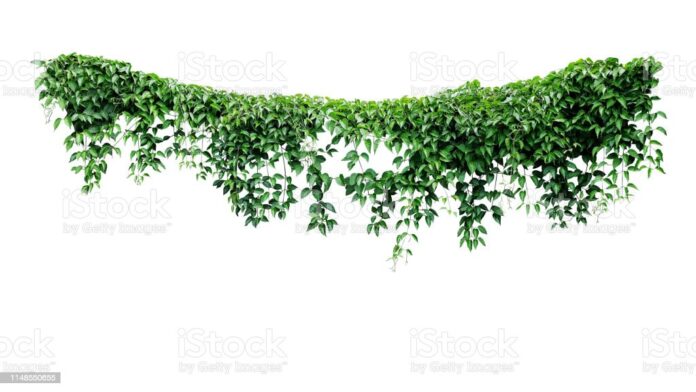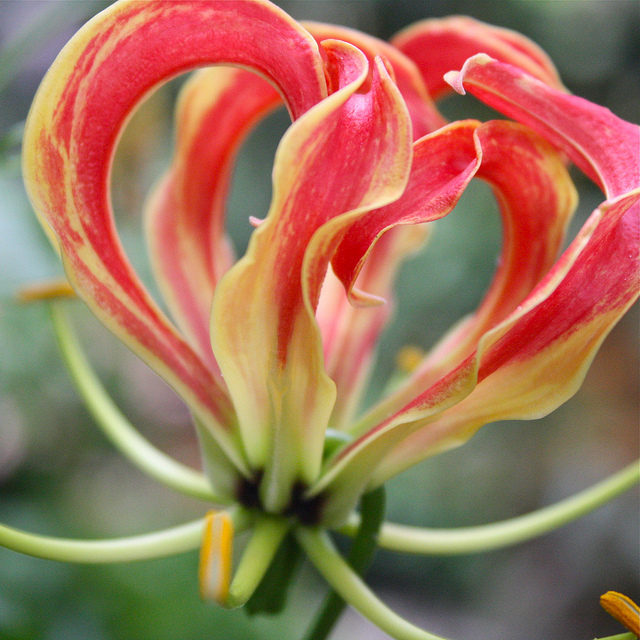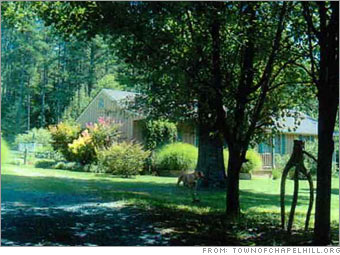
The above title may sound redundant, but let me explain. Many plants go through transformations as they age. A familiar example may be our native red cedar, Juniperus virginiana. Young red cedars are quite prickly. Their needles are sharp, and they are uncomfortable to brush up against. They’re probably less attractive to deer and other herbivores than they would be if it weren’t for the prickles. When red cedars get to be more than a few years old, they start to replace their prickly foliage with needles that are flat, scale-like and much softer. You can see photos of red cedars, including the different leaf types at www.carolinanature.com/trees/juvi.html and http://dendro.cnre.vt.edu/dendrology/syllabus/factsheet.cfm?ID=97.
English ivy, Hedera helix, also undergoes a transformation as it matures. The leaves of young ivy are lobed—the shape is suggestive of a maple leaf. When mature, its leaves cialis soft tabs online lack lobes, and the shape is more like that of a teardrop. Unlike junipers, or humans for that matter, the transformation to the adult form doesn’t happen when ivy reaches a certain age. English ivy will remain in juvenile mode unless it climbs vertically. If allowed to climb and reach up out of the shade, it will flower and produce clusters of small black berries.
For an ecologically minded gardener like me, this is a very important revelation. English ivy is one of the worst scourges on our wild lands and forests. Birds spread the berries far and wide, and the resulting plants climb up and over our native vegetation, weighing it down and depriving it of light. English ivy is on many states’ noxious weed lists, and its sale and import has been banned in Oregon. It’s like kudzu, with a better press agent (I think it’s the “English” in its name—“English Ivy” brings to mind tea and crumpets and Mary Poppins, whereas “kudzu” sounds like a giant monster from a Japanese horror movie). Because ivy won’t make berries in its juvenile state, it can still be a benign component of our landscapes—as long as it’s not allowed to climb and undergo the transformation to reproductive maturity.
If you’ve got a bed of English ivy, I urge you to consider replacing it someday with plants that are more wildlife friendly (perhaps with our state flower, Carolina jessamine, or Virginia creeper underplanted with spring bulbs). If you want to keep your ivy, please don’t let it grow vertically—keep it from ascending trees, houses and fences to keep it from reproducing. All it takes is cutting it back to the ground a couple of times a year. Your trees (which won’t be smothered), your house (which won’t have its mortar or its paint damaged) and your neighbors (who won’t have as many young ivy seedlings to pull) will thank you.
More information on English ivy and its ecological threat can be found at www.kingcounty.gov/environment/animalsAndPlants/noxious-weeds/weed-identification/english-ivy.aspx and www.nps.gov/plants/alien/pubs/midatlantic/hehe.htm, the latter of which has a link to a excellent article on controlling woody vines.
Donald McInnes has degrees in biology from Duke, Northwestern and Florida State. He has worked for Clemson Extension in Richland County for more than a decade, assisting thousands of consumers with landscape, garden, wildlife and pest control questions. He is also the owner of Southeastern Environmental Design, a landscape coaching, consulting and design service, and until recently chaired the City of Columbia’s Tree and Appearance Commission. If you’d like help with your landscape, he can be reached at seenvdes@aol.com.





We are trying to get rid of a large (1/4acre) amount of english ivy. We live in georgia so it’s not native here either. We would prefer to use native plants in the new bed
It is ground cover in the front yard so we have cut down the leaves. Our plan so far is to pull what we can and lay bark mulch around the trees in the existing large front bed. We are thinking rock garden/mulch in the back.
We are new to yard maintenance so we are just wondering if this is a good way to get rid/contain the future growth. thanks!
I have a 60′ Tulip Poplar on my property line. My neighbor who has most of the tree inside his property allowed the English ivy to become mature on the tree. Today I cut the roots for about two feet around the lower area. I first had to get premission from my neighbor. Will this kill the ivy or is the tree too far gone? The roots were up to 2-3″ in diameter. The ivy has bushed out to about 5′ in diameter up the tree from 10′ to 40′. I keep the ivy off the trees inside my property but my neighbors do not. I just paid $5,000 removingseven 50′ oak trees with very mature ivy removed from my other neighbor’s property. They could have wiped out my house if they fell in my direction.
Sherry,
By “roots,” I think you must mean the lower part of the stem or “trunk” of the ivy. It sounds like you basically cut the ivy off near the ground. That’s a good thing. Usually, this will kill off the ivy growth up the tree, although if the stems are just severed and left in place, sometimes the two ends will re-attach and heal the wound. Some folks advocate cutting each ivy stem in two places and removing the segment of stem between the cuts for this reason.
As to the health of the tree, I couldn’t tell without seeing it, but removing the ivy will certainly be to the tree’s benefit. Make cutting the ivy off your trees an annual occurrence, if not more frequently, and do what you can to remove or kill the ivy on the ground.